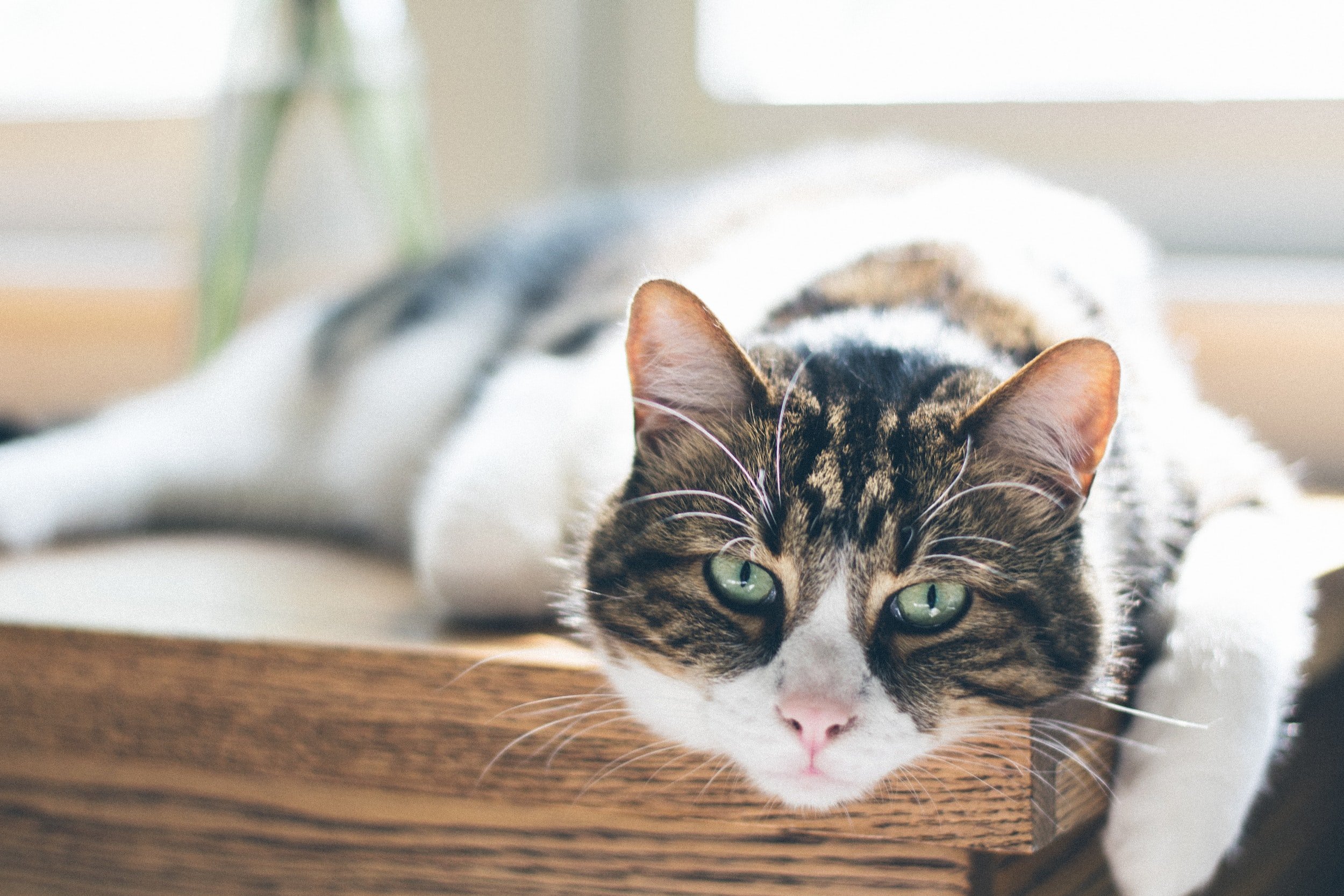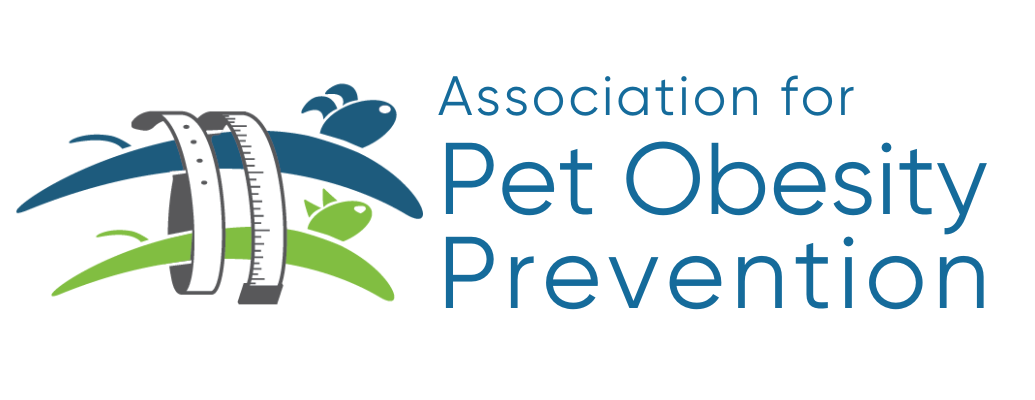
2021 Surveys & Data
2021 Press Release & Summary of the Pet Owner: Weight Management, Nutrition, and Pet Food Survey
Latest Survey Shows Most Consider Pet Obesity is a Disease while Pet Food Opinions Remain Divided Between Pet Parents and Veterinary Professionals; No By-Products, High-Protein, Made in USA, Grain-Free Top Choices in 2021; Sustainability Splits Pet Parents.
Pet food and nutrition continue to be a divisive topic between pet parents and veterinary professionals.
Ocean Isle, North Carolina, August 24, 2022 -- U.S. veterinary professionals and pet owners continue to have different opinions on popular pet food trends, according to the 2021 Association for Pet Obesity Prevention (APOP) annual survey.
Click here for pdf of 2021 Pet Owner: Weight Management, Nutrition, and Pet Food Survey Summary
Weight Assessment, Obesity is a Disease, and Vet Recommendations
Only 39% of dog owners and 45% of cat owners consider their pet overweight or having obesity. This contrasts with numerous reports indicating over 50% of dogs and cats are overweight or have obesity.
The majority of pet owners and veterinary professionals believe “pet obesity is a disease” with 72% of pet owners and 87% of veterinary professionals responding “yes”.
46% of pet owners report their “veterinarian discusses their pet’s ideal or healthy weight every year”, 20% responded ‘“they discuss their pet’s ideal or healthy weight occasionally”. 22% of pet owners said their pet’s weight status was addressed “only if they ask the veterinarian”, and 12% responded “no”.
When asked if their veterinarian offered recommendations for maintenance or “routine” diets, 43% of pet owners answered “No”.
34% replied their veterinarian gave maintenance diet recommendations “Every year without me asking”, and 23% answered, “Yes, but I had to ask.”
Pet owners ranked Veterinary clinics their top choice for “the best pet dietary recommendations,” with 41.4% preferring a veterinarian’s recommendation. 36.5% reported they favored Online and Internet, while only 7.6% reported Pet store as the best place for pet food recommendations.
Pandemic Period Pet Purchase and Behavior Changes
During the pandemic, 27% of pet owners reported going on more walks with their dog, and 23% said they gave more treats.
17% claimed they changed pet food brands during the pandemic period.
The survey found 15% of pets became more clingy, developed separation anxiety or displayed behavior changes, and 7% prepared more home cooked meals for their pets.
Grain-free Diets and DCM Controversy Continues
Questions about grain-free diet and dilated cardiomyopathy (DCM) continue to be a hot topic among pet owners and veterinary professionals. Confusion about the potential link between grain-free pet foods and DCM appears to be growing, according to the 2021 survey.
38% of dog owners and 18% of cat owners answered that grain-free diets were not healthy for their pets.
88% of veterinary professionals with dogs and 73% with cats stated grain-free diets were not healthy for their pets.
27% of dog owners and 48% of cat owners agree that “grain-free diets are healthy for your pet,” compared to only 7% of veterinary professionals who are dog owners and 22% who own cats. In the 2017 APOP survey, 45% of pet owners and 22% of veterinary professionals believed grain-free options were healthier diet choices, indicating that questions and concerns are growing.
“I don’t know” was reported by 35% of dog owners (5% veterinary professionals) and 34% of cat owners (5% veterinary professionals), demonstrating that the issue has become more confusing for many.
Dog owners were asked if they changed dog food brands due to the “grain-free” and dilated cardiomyopathy (DCM) controversy. Both groups responded similarly with 21.5% of dog owners and 20.4% of veterinary professionals reported changing brands as a result of concerns, while about 79% stated they had not changed brands due to the issue.
Dry, Canned, Fresh, and Raw Diets
The majority of pet owners and veterinary professionals preferred feeding dry kibble pet food. 70% of all cat owners and 77% of dog owners stated they fed dry pet food “exclusively” or “most of the time”.
Canned or moist foods were fed “exclusively” by 9% of cat owners and 11% of dog owners with an additional 42% of cat owners and 17% of dog owners responding “most of the time”.
13% of dog owners said they fed a “fresh commercial” food “exclusively” or “most of the time”.
Raw diets (both commercial and home-prepared) and homemade pet foods were “never” fed to over 76% of cats and over 61% of dogs. When asked if raw meat diets are healthier than commercial pet foods, 27% of dog owners 28% of cat owners agreed compared to 8% of veterinary professionals with dogs and 6% with cats. 38% of dog owners (8% veterinary professionals) and 44% of cat owners (13% veterinary professionals) answered “I don’t know” if raw meat diets were healthier for their pet.
Pet Food Purchase Influencers
APOP found pet owners were influenced by different pet food marketing messages.
The top pet food marketing claims for pet owners in 2021 were:
Climate Change and Sustainability Issues Split Pet Owners
While global warming and sustainability are hot topics in the news, pet owners were divided on their influence in personal pet food purchasing decisions.
48% of survey respondents reported they don’t consider sustainability, global warming, or animal welfare issues when purchasing pet food.
37% stated that animal-welfare claims influenced their pet food purchase (cage-free, pasture-raised, certified humane, etc.).
36% considered sustainability and use of fewer resources in food production and packaging helped them choose pet food.
27% preferred companies committed to global warming initiatives and reducing their carbon footprint.
Where Pet Parents Purchase Pet Food Evolves
42% of pet owners stated they purchased pet food most often from an online store during the past year, 38% at a big chain retailer, and 21% from an independent pet store. Grocery store purchases were reported by 18% of pet owners, and 11% bought from a veterinary clinic.
Veterinary professionals reported they most often purchased pet food at a veterinary clinic (43%). Veterinary professionals also said they shopped at online stores (30%), big chain stores 22%, grocery stores (11%) and independent pet stores (9%).
About the 2021 Survey
The online survey was completed by 865 pet parents and veterinary professionals from October 12 to December 31, 2021. Participants lived in 47 U.S. states and the District of Columbia.
Generational representation included 25% Baby Boomers (57-75 years of age), 32% Millennials (25-44), 21% Generation X (41-56), 18% Generation Z (<25), and 3% Silent Generation (>75).
About the Association for Pet Obesity Prevention (APOP)
The Association for Pet Obesity Prevention is a 501(c)(3) nonprofit organization founded in 2005 with the primary mission of preventing and treating pet obesity. APOP conducts research to substantiate pet obesity prevalence levels in the United States and offers resources and tools to veterinarians and pet parents to better equip them to recognize and prevent pet obesity.
The Veterinary Clinic Pet Obesity Prevalence Survey was postponed during the Covid pandemic and will resume October 12, 2022 on National Pet Obesity Prevention Aw
















